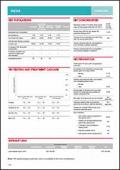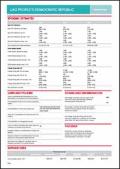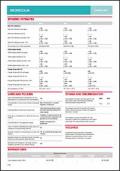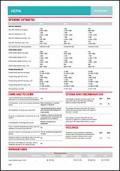Publications on Key Populations
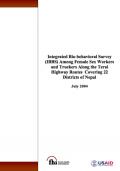
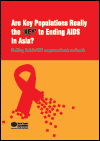
This publication documents the current scenario and future trajectory of the AIDS epidemic, with a special focus on the role of key populations and the recommendations of a brainstorming session in which participants engaged in “out-of-the-box” thinking aimed at ending the AIDS epidemic by 2030.
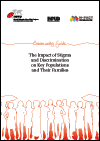
Societal stigma and punitive legal frameworks often severely impede key populations’ rights to raise families free from interference and discrimination. The experiences of key population groups (gay, bisexual and other men who have sex with men, people who use drugs, sex workers, and transgender people) are diverse, and are informed by varying levels of criminalisation, stigma and discrimination, and individual factors such as socioeconomic status, gender, race, and health status. This paper explores these challenges, and provides recommendations for policymakers.
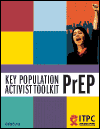
This toolkit focuses on preventing HIV among key populations – sex workers, people who inject drugs, transgender people, and gay men and other men who have sex with men. Globally, key populations are 10-24 times more at risk of contracting HIV than adults in the general population.3 In 2015, infections among key populations accounted for 36% of all new infections.






